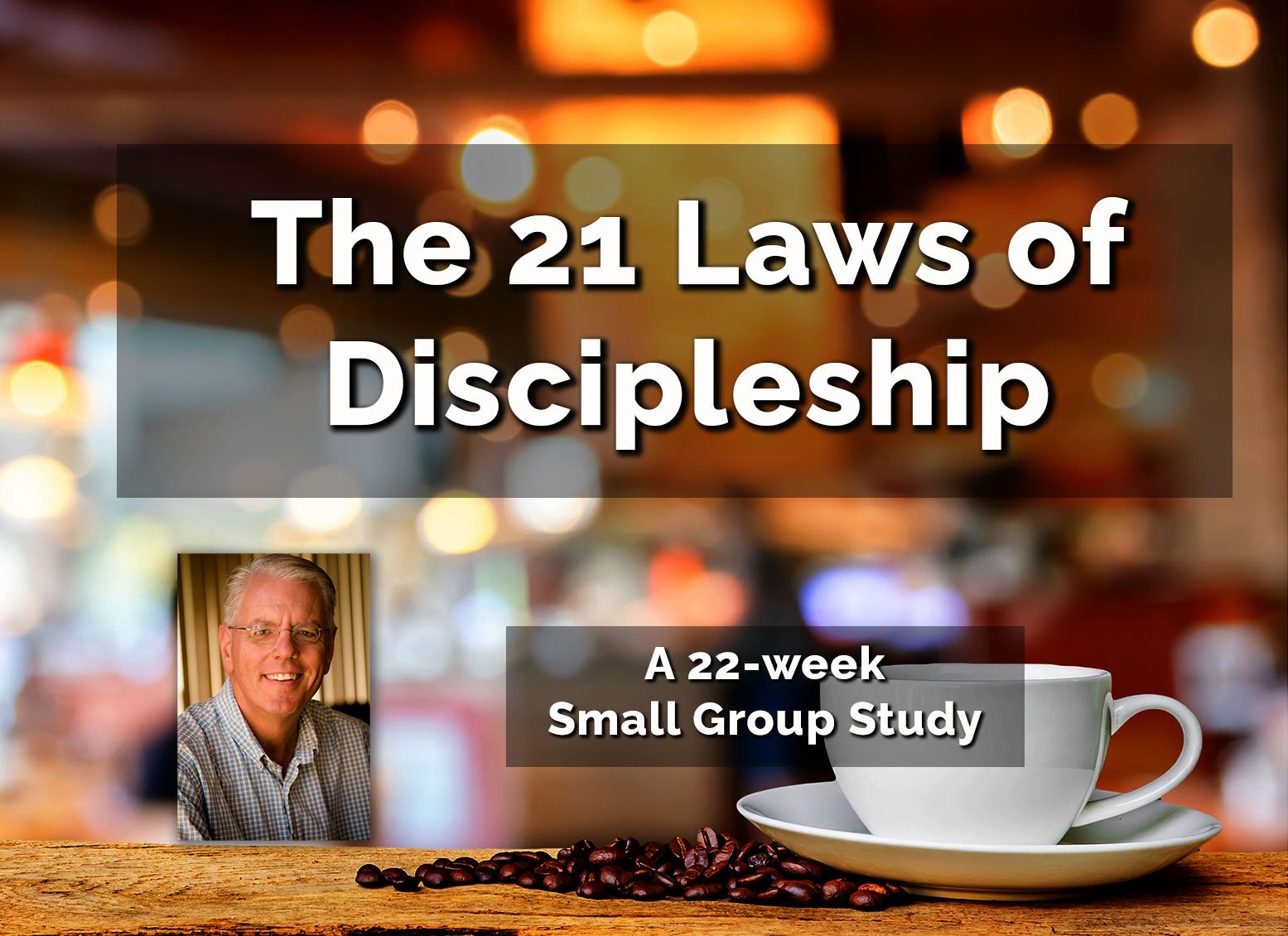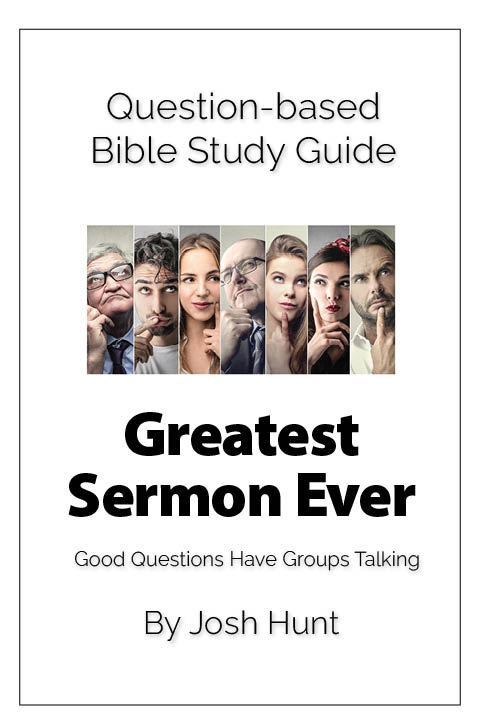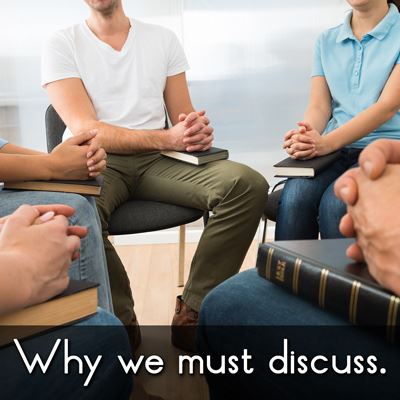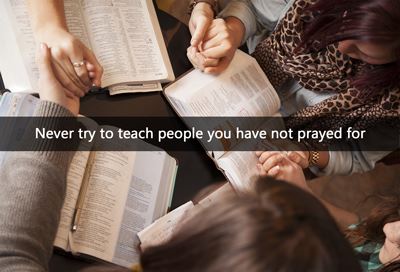When the Game is Over, It All Goes Back In the BoxSomebody a long time ago said that life is a game, and that is the main image behind this book. In using this image, I'm not saying that we should take our lives lightly. G. K. Chesterton once wrote that while we often take ourselves too seriously, we can hardly take our souls seriously enough. But life, like a game, is moving toward a goal. It has an object; it is not just a series of random activities. Furthermore, there are rules to follow in life, and each of us will develop a strategy. The game will not go on forever. As an ancient Italian proverb puts it, “Pawn and king alike, they all go back in the bag.” An outcome is inevitable. (I am indebted to James Dobson for this image, from his book Straight Talk to Men [Sisters, OR: Multnomah, 1984], 19–20.) How to play the game of life is what this book is about. The instructions are listed in the table of contents. Though it is best to know and play by all the rules, each chapter—each principle of the game—can be appreciated on its own and applied to the game of life. So feel free to skip around. One of the most widely read manuscripts in the Middle Ages was an allegory that compared life to a game of chess. The anonymous author wrote, “Wherefore play the game of life warily, for your opponent is full of subtlety, and take abundant thought over your moves, for the stake is your soul.” Have a good game. John Ortberg, When the Game Is Over, It All Goes Back in the Box (Grand Rapids, MI: Zondervan, 2008). Lesson #1 Lesson #2 Lesson #3 Lesson #5 Lesson #6 Lesson #7 Lesson #9
|
If you are wanting to do a particular passage or book study and can't find it, feel free to email me at josh@joshhunt.com21 Laws of Discipleship -- the book -- |



















